Regular readers may well remember that I picked a Samsung Wave S8500 as my work phone - largely because I found it useful for carrying around as a handy portable hotspot but, alas, for little else.
It shipped with an operator branded Bada 1.x firmware which I saw little reason to fiddle with for quite a long time, but given that I’ve recently grown weary of its vagaries and needed to make sure I could use it as a backup phone, I decided to investigate Bada 2.0.
Which, of course, was not available as a direct upgrade from the operator branded version. But I happen to have a non-trivial amount of experience with Samsung devices from that era, though, so it was a fairly trivial matter1 to do a full factory-grade nuke and pave with the unbranded European version of Bada 2.0.1.
I nearly posted this yesterday, but the surprising number of “legacy” hardware reviews put me off a bit - this isn’t an April Fools’, but rather my inexorable quest towards making the best possible use of the hardware I own…
Home Screen
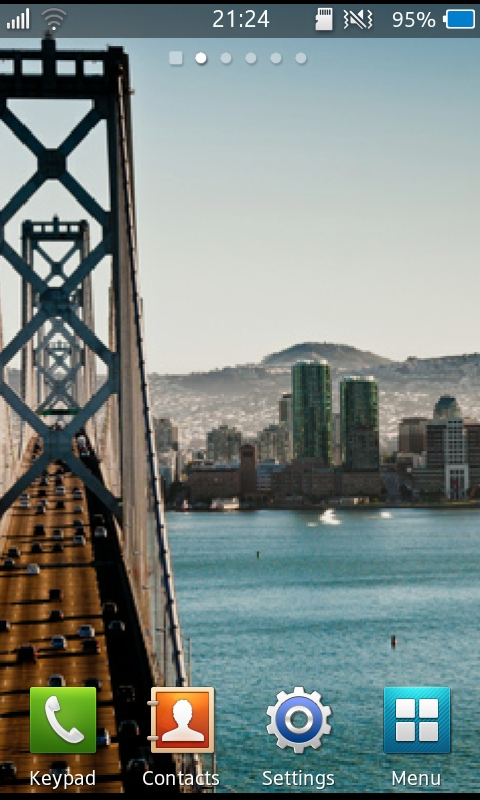
The first thing I noticed upon booting was that the home screen now sports 4 icons instead of 3, as well as updated versions of the widgets I’d come to loathe from Bada 1.x (which I promptly removed along with the garish Samsung wallpaper).
The new icon slot, however, is rather useless, since you can’t really use it for anything - all you can apparently do with it is invoke the main menu.
This is consistent with their Android user experience to a certain degree (and the icons appear to be the same, even though I don’t have a Samsung Android phone to do a blow-by-blow comparison), but the main point here is that, overall, the UI is pretty straightforward to use from the get go and shouldn’t have any surprises.
Apps
There are a few interesting apps that I honestly haven’t had the time or inclination to explore - namely the AppShare UPNP server/control point, which I couldn’t immediately get to work with my NAS, a few IM apps that seem to leverage the Social Hub features and push notifications, and some other things that I promptly moved to a Junk folder:



Browser
The WebKit-based browser was a pleasant surprise - it’s considerably improved and sports working media query support, pretty decent JavaScript, an HTML5 video option (which is apparently what the YouTube “app” uses) and (horror of horrors) some form of Flash support.
I ended up using it during a full weekend, and it was certainly good enough for casual use, although the lack of web fonts (or rather, of any fonts at all, apparently) was a major letdown. And yet, I found it easy to use - largely because the touch allowed for precise touch input without the usual “did I actually click on something?” moments I experience from time to time on the stock Android browser:
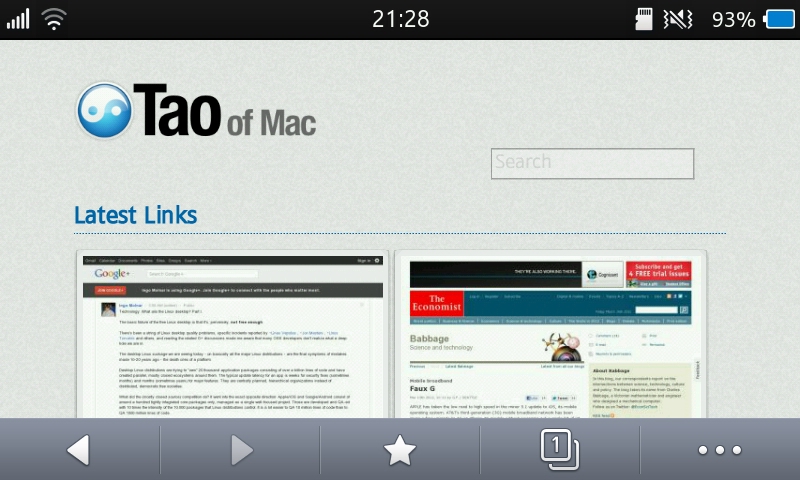
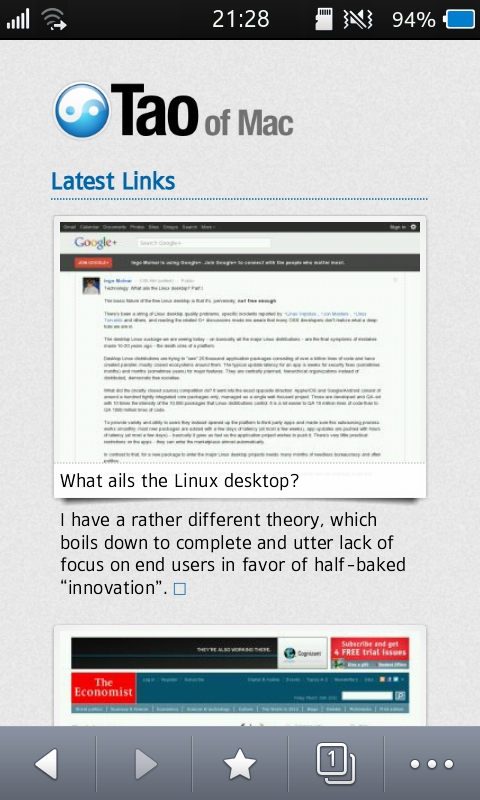
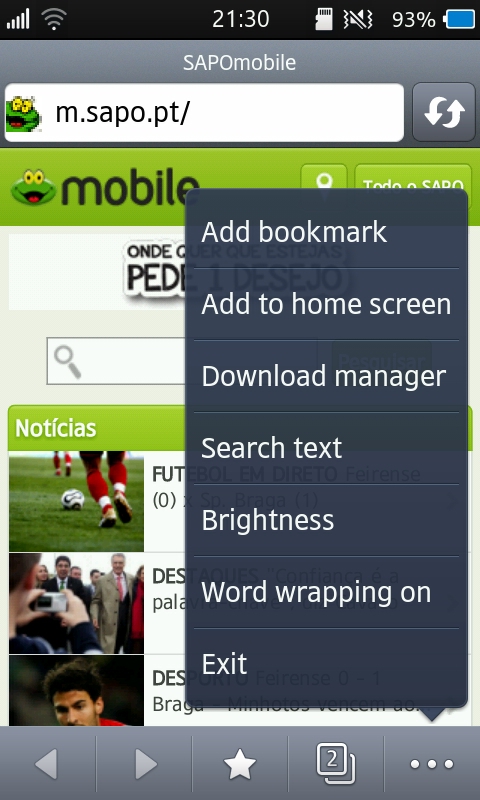
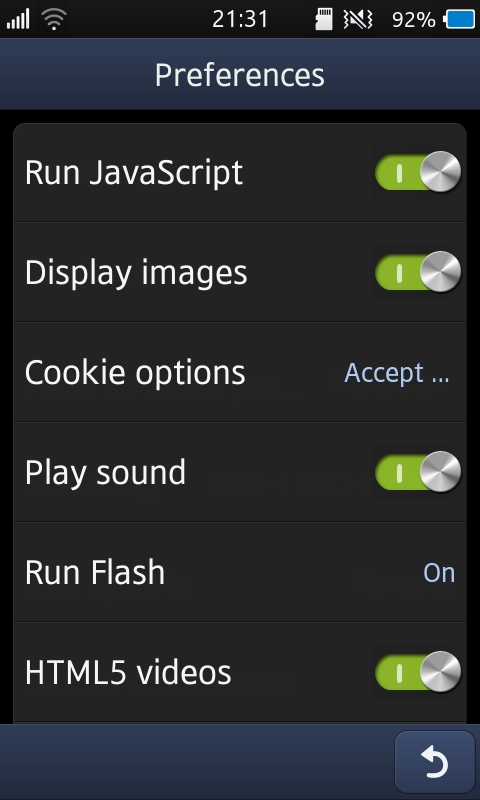
E-mail and PIM
The e-mail client is mostly unchanged, and still supports Exchange ActiveSync just fine (including calendaring, contacts and corporate directory lookups). There have been minor tweaks, but otherwise it looks and feels the same.
Keyboard Input
One of the biggest gripes I had with Bada 1.0 was the utterly asinine placement of important keys on the soft keyboard, and that now seems to have been mostly cleaned up (even though on occasion I still get the dominant, “positive” action presented on the lower left corner rather than on the right, and the regressive, “negative” canceling action firmly set on the right).
I had no issues with the soft keyboard in either English or Portuguese other than the relatively narrow display width (where compared to an iOS device, the keys become somewhat harder to hit due to their closeness).
The keyboard is responsive, predictive text input makes sensible choices in either language, and there was none of the lag I associate with Android - all the more relevant to point out when you consider that this is a 2-year-old phone and that I still struggle to use soft keyboards on 2011 and 2012 Android devices.
Mobile AP
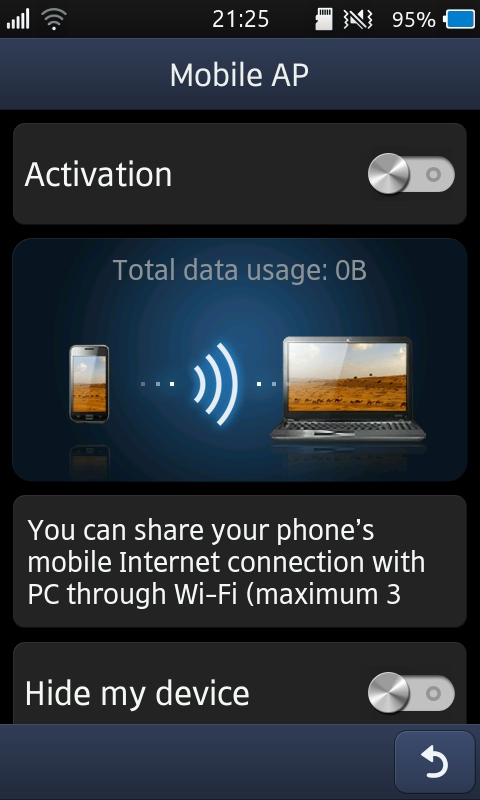
The one thing I really use the device for, however, is the mobile AP functionality, and I’m saddened to report that in that respect Bada 2.0.1 was a wash.
This because Samsung has gone from supporting up to 5 devices connected to the Wave to a maximum of 3 - which, despite being enough for my purposes, is utterly ridiculous and clearly the result of the usual tug of war between power user requirements and carrier restrictions.
Even considering that I’m running the generic, unbranded version, there is no conceivable technical reason why the Wave can’t manage an substantial subset of a class B and perform NAT for, say, 10 to 20 devices - other than battery and network traffic requirements2.
Social Networking
Samsung’s apparently still pursuing their Social Hub strategy, which basically means that the built-in Twitter client sucks - to the point of my accidentally unfollowing people while using it.
I’ve never been a fan of the “hub” approach - it seems like a needlessly messy and manufacturer-centric approach, which manufacturers (and carriers) like due to the lock-in potential, but it bears mentioning that Windows Phone is currently miles ahead of Samsung’s efforts in this space, and across the board.
That said, if you want to have ready access to your contacts’ social activity, this mostly works.
Camera

One of the nice features of the device is its 5Mp camera, which despite having a greenish tint on occasion, is good enough to shoot some stills and video with fairly acceptable results - all the more so considering that it’s a 2-year-old device.
But it bears mentioning that the new Bada 2.x interface now looks and feels a lot like the iOS camera app, which can hardly be a coincidence…
Conclusion
Overall, Bada 2.x on a Wave 8500 is a marked upgrade in user experience and does a lot more justice to the hardware than the original shipping firmware. I found the phone speedy enough in general use (as well as markedly easier to use), even though my phone usage revolves almost solely around the browser and occasional messaging.
However, it lacks a decent set of built-in apps (as well as a whole ecosystem behind it), and I found the social network integration to be laughably bad - hopefully those are not common to other Bada handsets…
Finally, I wish they’d stuck to the 5 connection limit on the Mobile AP functionality - reducing it to 3 simultaneous devices is, in a word, stupid, and Samsung needs to get real here - even if it’s just for casual use, sharing the connection with a partner or spouse becomes an ungodly hassle in an age we all have multiple Wi-Fi enabled devices.
-
That is, if you consider fiddling around with Windows 7 device drivers for a couple of hours to be trivial. ↩︎
-
Actually, there’s no reason for it not to be able to handle even more devices other than its relatively puny Wi-Fi range - the thing’s running a Linux kernel, and the WRT series of routers I used to work with handily supported entire office LANs once you re-flashed them… ↩︎